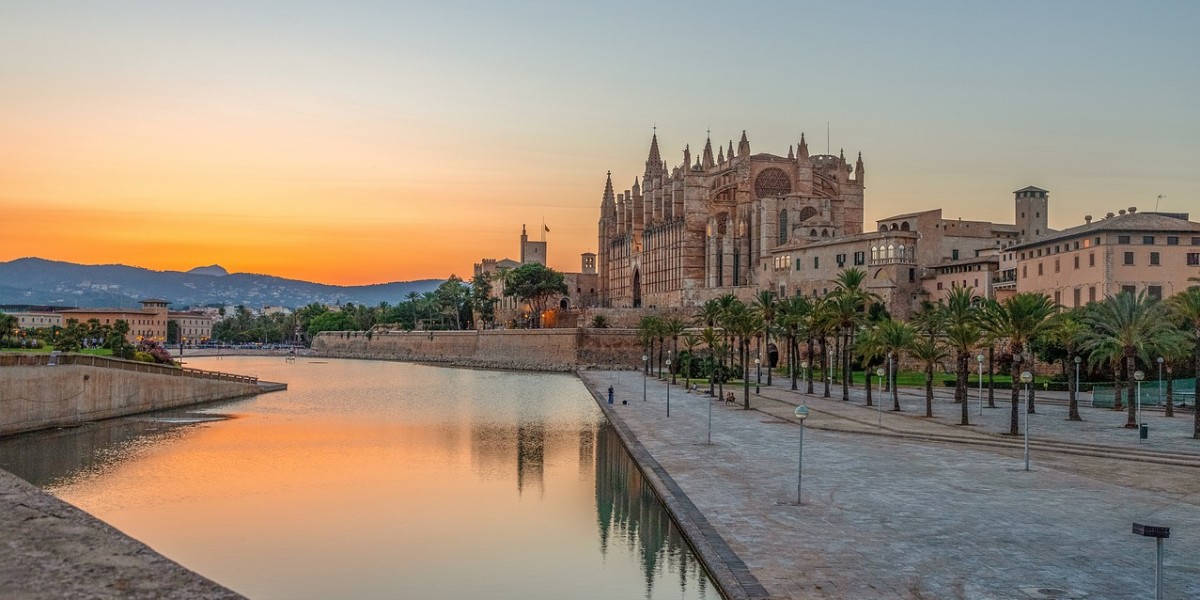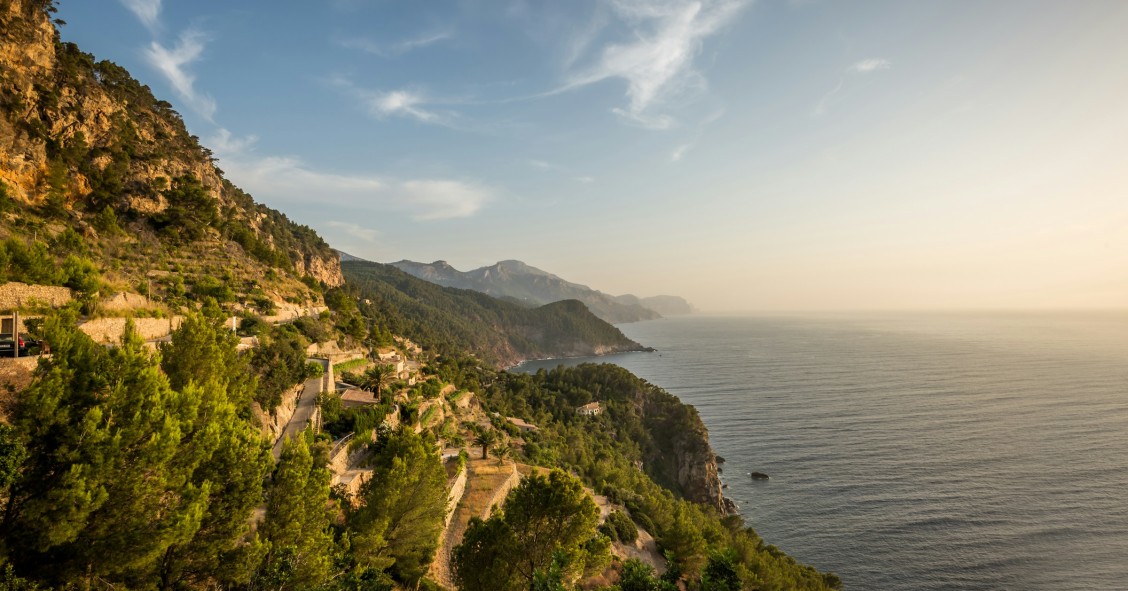
The city of Palma, capital of the island of Mallorca and the autonomous community of the Balearic Islands, boasts a rich history dating back to Roman times. It is also a world-renowned tourist destination, famed for its Mediterranean climate, idyllic beaches and vibrant cultural scene.
However, beyond its appeal to visitors, Palma's population has experienced significant changes over the years. Discover what Palma’s population is projected to be in 2025.
Palma's population in 2025
In 2025, Palma remains the principal urban centre of the Balearic Islands, with an estimated population of 431,521 inhabitants, according to the most recent population census published at the end of 2024. While long established as a holiday destination, it has increasingly become somewhere many choose as their forever home.
Palma ranks as the eighth most populous city in Spain, and the most populous outside the mainland, behind Madrid, Barcelona, Valencia, Seville, Zaragoza, Málaga and Murcia. This position highlights Palma’s growing significance as a major urban centre.

How many foreigners live in Palma?
Palma’s population has seen significant growth in recent decades, with immigration emerging as one of the key drivers of this increase. The city has become a magnet for people from across the globe, drawn by its mild climate, vibrant cultural life and employment opportunities.
According to 2025 data from Palma City Council, there are 113,328 foreign adults registered as residents in the Balearic capital, accounting for 27% of the total population. Over the past 20 years, the number of foreign residents has risen by 157%.
How many inhabitants are there on Mallorca?
In 2025, the island of Mallorca had an estimated population of 966,908, making it by far the most populous island in the Balearic archipelago. This figure accounts for approximately 80% of the total population of the Balearic Islands.
Population growth on the island has remained steady in recent years, fuelled by the vitality of its capital, Palma, as well as the development of surrounding towns such as Calvià, Inca and Manacor. Within the Balearic Islands, Mallorca holds a dominant position and exerts considerable influence.

Mallorca's summer residents
During the summer months, the island of Mallorca sees a substantial surge in population, largely driven by the influx of tourists, making it one of the most visited destinations in the Mediterranean.
While no official censuses estimate the combined number of residents and visitors during peak season, available data suggest that on certain summer days, the island’s population can approach 1.5 million people.
Living in Palma
Living in Mallorca – and particularly in Palma – offers a unique blend of vibrant urban life and Mediterranean charm. With its rich history, cultural vitality and enviable climate, the city provides a high quality of life.
In addition to its status as a renowned tourist destination, Palma is also a welcoming home for a diverse international community. The city boasts well-developed infrastructure, including an efficient public transport network and reliable public services that contribute to a smooth and convenient daily life.

